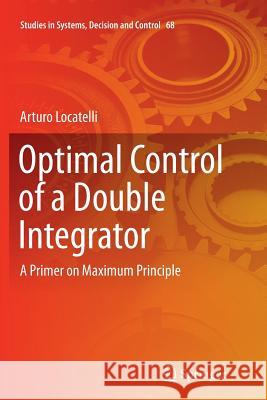Optimal Control of a Double Integrator: A Primer on Maximum Principle » książka
topmenu
Optimal Control of a Double Integrator: A Primer on Maximum Principle
ISBN-13: 9783319825045 / Angielski / Miękka / 2018 / 311 str.
Kategorie:
Kategorie BISAC:
Wydawca:
Springer
Seria wydawnicza:
Język:
Angielski
ISBN-13:
9783319825045
Rok wydania:
2018
Wydanie:
Softcover Repri
Ilość stron:
311
Waga:
0.45 kg
Wymiary:
23.39 x 15.6 x 1.73
Oprawa:
Miękka
Wolumenów:
01
Dodatkowe informacje:
Wydanie ilustrowane











